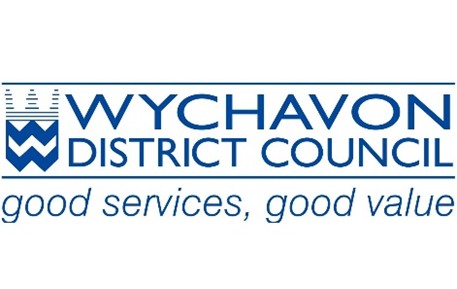Farm crop record keeping
Farm management software is a tool that can be used for farm crop record keeping, storing, and analysing records. This type of software can be used to input and track data such as planting and harvest dates, seed variety, fertilisation and pest management practices, weather conditions, and yields. This data can be used to generate reports and create visualisations that can help farmers, growers, and agronomists identify trends and patterns.
Utilise and integrate technology
Farm management software can also be integrated with other technologies such as drones, sensors, or weather monitoring systems to gather additional data and provide more detailed information about crop performance. Soil sensors can check the moisture levels of the soil to reduce over watering the crops; water consumption is a required metric for your crop records.
Farm crop record keeping offers Powerful analytics
Analysing crop records can provide valuable insights into crop yields, growth patterns, and potential issues that may impact crop production. This information can be used to make informed decisions about crop management, including planting and harvesting dates, fertilisation, irrigation practices, and pest control measures.
Statistical analysis
Utilise statistical methods such as regression analysis and ANOVA to examine the relationship between different factors and crop yields. This can help identify key factors that impact crop production and identify potential areas for improvement.
Data visualisation
Use graphs and charts to visualise crop yield data and identify trends and patterns. This can make it easier to identify issues and identify potential solutions.
Time series analysis
Analyse crop yield data over time to identify trends and patterns in crop growth and production. This can help farmers predict future crop yields and make informed decisions about planting and harvesting dates.
Crop-specific Farm crop record keeping analysis
Analyse crop yield data specific to different crops to identify patterns and trends specific to each crop. This can help farmers understand the unique challenges and opportunities associated with different crops.
Machine learning
Use machine learning algorithms to analyse crop yield data and identify patterns and trends. This can help farmers make predictions about future crop yields and inform decisions about crop management.
Geospatial analysis
Use geospatial data to analyse crop yields in relation to factors such as weather, soil conditions, and land use. This can help farmers understand the impact of environmental factors on crop production and identify potential areas for improvement.
Collaboration and sharing
Share crop yield data with other farmers and experts to gain insights and identify best practices for crop management
Harvest data
When the crops are being picked, they go into cases, and those cases are loaded onto a pallet. The number of cases is logged, along with the total weight of each pallet. The date of the harvest is also logged, which can be used to check they weren’t harvested within the withholding period, and the freshness of the produce. The complete total of cases, and weight is documented; the weight usually being displayed in Kgs.
Using Farm crop record keeping data
The collected data can now be used to identify areas of improvement in crop management, such as adjusting planting or irrigation techniques, applying pesticides, or implementing new technologies. This information can also be used to compare the performance of different seed varieties, planting methods, or crop management strategies, and to make decisions about future crop production.
Sustainability is on everyone’s minds, with the push to move towards net zero. Farming is one industry where this needs to happen at a fast pace, but there is no one solution for every aspect of a farm. Pack houses using lots of power-hungry machines, tractors and ploughs requiring diesel, and the sheer volume of agrichemicals needed.
What are the major issues for sustainable farming?
Population growth demands more food
The population of the world is increasing, set to be 8 billion people by the middle of November 2022, and 9 billion by 2050. More people will require more food production; taking up more precious land to grow crops. The machinery will need to be used for longer, increasing carbon emissions. For every step forward, there is another hurdle to defeat.
Running out of the world’s most precious resource
Throughout human history, there has been one resource that mammals cannot live without, water. There is only a finite amount of water on Earth, and fresh water only equates for around 3% of it. The bigger concern is that ground water is becoming contaminated, meaning there needs to be a push towards solutions that reduce water usage.
Energy costs
From using grow lights, pumps, irrigation systems, and everything in between; most farms have staggering energy costs, and going greener has short term costs that most can’t afford.
What can be done to improve farm sustainability?
There is no one solution, and it will come down to the individual farm. One way that most would benefit is to adopt more technological advancements. Using AI to regulate when machines are powered on, using software designed for the running a farm, and streamline the Sustainable Farming process.
KYMINASI PLANTS Crop Booster
A device that is installed directly onto your existing irrigation system, the KYMINASI PLANTS Crop Booster has been proven to reduce water consumption, reduce fertiliser dependency, and increase overall crop yield. It also requires no power, as it is only activated by running water. Find out more here.
LiveFarmer
Knowing exactly what is happening, when it is happening, and what resources you need, can help create a more efficient farm. Efficiency directly correlates with productibility which in turn increases profitability. Click here to find out more.
Want to learn more?



